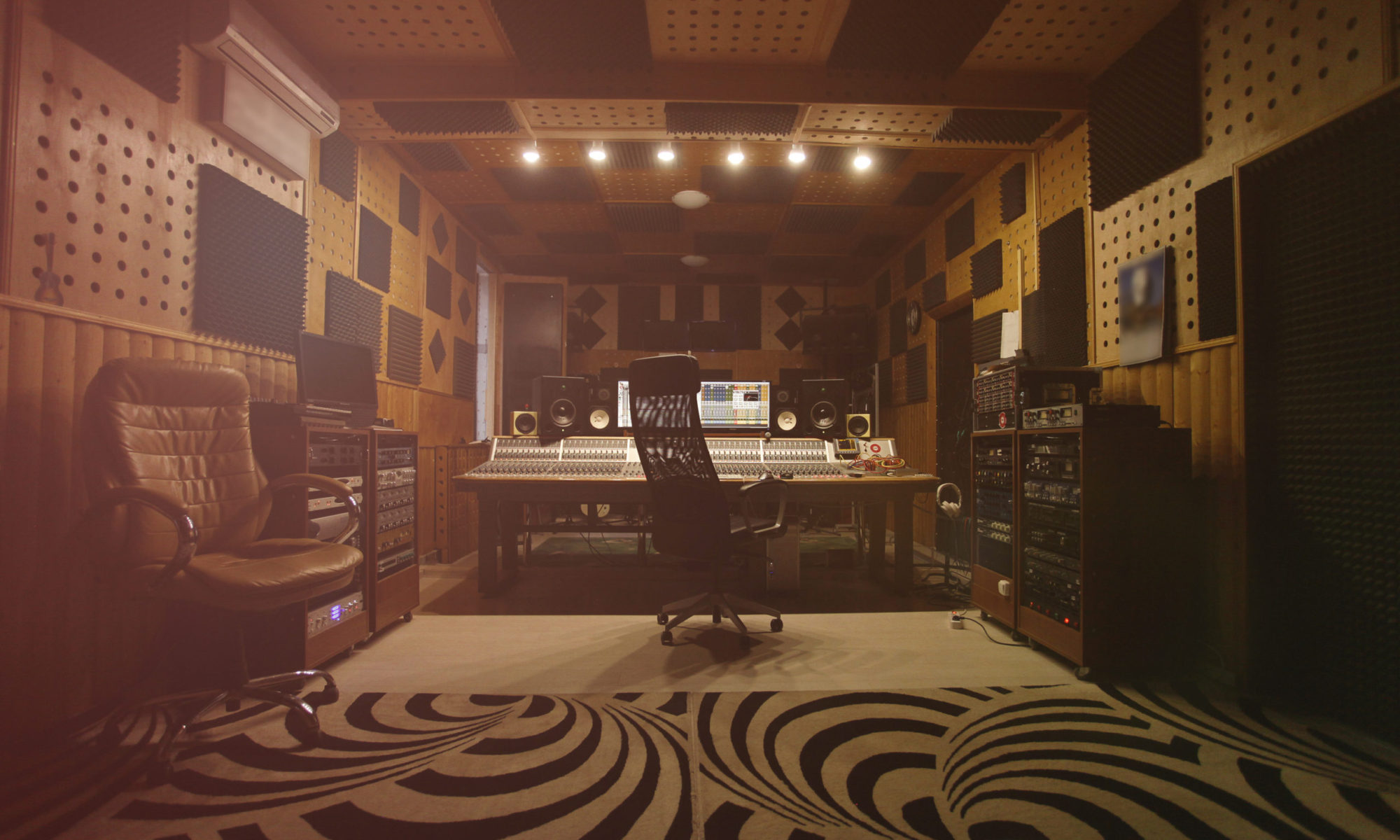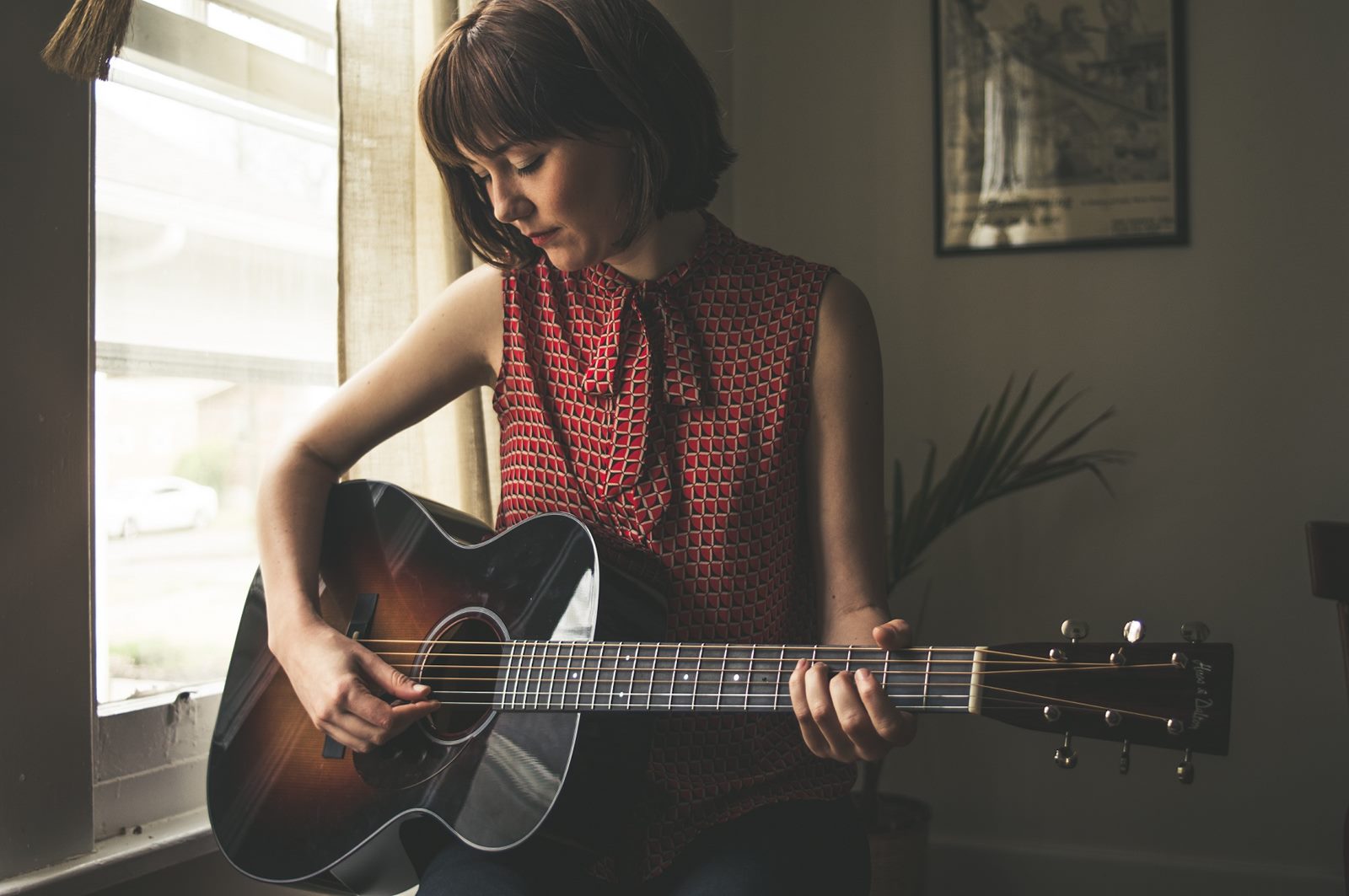The Beginner’s Guide to Learning the Guitar in 60 Days
Whether you’re young or old, there’s no better feeling than learning to play an instrument. While many attempts to learn the guitar, it is unfortunately very common for beginners to give up after only a couple of months. Guitar lessons with an instructor can be expensive and it can be frustrating if you’re not seeing progress immediately. That’s where ChordBuddy steps in, offering one of the easiest and quickest ways to learn to play the guitar in 60 days or less. Simple, effective, and affordable, this guitar learning device has shown great success among beginner guitar players of every age. Use this handy guide to learn everything you need to know as a beginner guitarist. You’ll be playing your favorite song in no time at all!
Stop wishing. Start playing. Our free guide will teach you to be a master musician in just 60 days. Get yours now – and save 10% on your next purchase!
Common Guitar Myths and Misconceptions
There are many misconceptions about learning how to play the guitar, many of which have hindered individuals from picking up an instrument they’ve always dreamed about playing.
After years in the industry, we’ve heard plenty of reasons that people put off learning to play the guitar. Here are some of the most common guitar myths and misconceptions:
- “I’m too old to learn an instrument!”
- “I don’t have the time to learn to play the guitar.”
- “Physical limitations will get in the way of my ability to play the guitar.”
- “I can’t play the guitar left-handed.”
The Truth About Learning The Guitar with ChordBuddy
AGE CAN’T HINDER YOU – Working off of muscle memory and visual assistance, ChordBuddy is designed for players of every age. In fact, ChordBuddy is well-suited for those looking to play guitar with arthritis, offering a pain-free method of playing your favorite song. Utilizing ChordBuddy also allows you to learn the guitar on your own, eliminating the need for long guitar lessons with an instructor, which can result in prolonged joint pain.
LEARN TO PLAY ON YOUR TIME – While signing up for weekly guitar lessons may not be feasible, ChordBuddy allows you to learn how to play guitar chords on your time in the comfort of your home or school. That means you can play first thing in the morning, during lunchtime, or even in the middle of the night. Whatever works for you!
ANYBODY, OF EVERY ABILITY, CAN PLAY – Designed for every type of learner, ChordBuddy includes modifications that allow individuals of every ability to successfully learn a new instrument. Perfect for use in the music therapy, home, or school setting, ChordBuddy can help individuals learn to play the guitar flat or with two people at a time, making for what is an all-around therapeutic experience.
RIGHTY, LEFTY, DOESN’T MATTER – ChordBuddy offers a great way to learn how to play guitar for left handed beginners. This guitar learning device is available in both right-handed or left-handed options, making for a device tailored to your needs.
Buying A Guitar For Beginners
First things, first. Before you begin your journey of learning the guitar, you’ll need the instrument! While much of your decision will be based on personal preference, there are some key factors to consider when buying a guitar as a beginner guitarist:
- Price
- Style
- Player Age/Size
- Guitar Condition
- Where You’re Purchasing
WHERE TO PURCHASE
As a beginner, it is best to avoid making a pawn shop, flea market, or yard sale purchase unless you are shopping with somebody who has experience in purchasing a guitar. Having never purchased a guitar, you may not know what to look for in terms of damage or guitar quality. With that being said, a local music retail shop is your best bet. You may also shop online with a reputable company, although be sure to review the business’ return policy.
ㅎㅂ 기타실력 평가 해달라고 하는 유튜버
PRICE OF GUITAR
While some suggest that a great guitar can cost you between $300 and $500, there are plenty of quality guitars available within the $100 to $200 range. Additionally, there are many “package” options that include not only the guitar, but also essential accessories, such as a tuner and gig bag
ELECTRIC VS ACOUSTIC VS CLASSICAL GUITAR
Though this decision can be based on preference, we think the best guitar for a beginner is the acoustic guitar. Classical guitars have a wider neck, which can be hard for younger students or physically smaller individuals to handle when learning guitar chords. Meanwhile, the electric guitar is designed to be played with an amplifier, which comes at an additional cost. Acoustic guitars are simple and require little to no additional equipment, making them ideal for beginner guitarists.
CONDITION OF GUITAR
There are numerous things to look for when purchasing a guitar. If purchasing a brand new guitar, these issues likely won’t be a concern, but they are worth checking for. Here are some steps to follow as you check the condition of a guitar:
How to Play Guitar Chords
In order to play your favorite song, you’ll need to learn guitar chords. Use the images and instructions below to learn how to play each chord. The ChordBuddy device can be used for assistance in knowing where to place your fingers In the images the circles represent where you will be placing your fingers (I=index, M=middle finger, R=ring finger, P=pinky). The X’s represent strings that you will not be strumming while the O represents strings that will be played without any frets.
HOW TO PLAY THE D CHORD
- Place your index finger on the third string at the second fret, your middle finger on the first string at the second fret, and your ring finger on the second string at the third fret.
- Leave the fourth string open.
- Strum the bottom four strings.
- Pay attention to the sound. That’s the D-chord!
HOW TO PLAY THE C CHORD
- Place your index finger on the second string at the first fret, your middle finger on the fourth string at the second fret, and your ring finger on the fifth string at the third fret.
- Leave the first and second strings open.
- Strum the bottom five strings and you’ll hear the C Chord!
HOW TO PLAY THE G CHORD
- Place your middle finger on the fifth string at the second fret, your ring finger on the sixth string at the third fret, and your pinky finger on the first string at the third fret.
- Leave strings two, three, and four open.
- Strum all strings. That’s the G Chord!
HOW TO PLAY THE E-MINOR CHORD
- Place your middle finger on the fifth string at the second fret and your ring finger on the fourth string at the second fret.
- Leave strings one, two, three, and six open.
- Strum all strings. That’s the E-minor Chord!
There you have it! Practice these chords and you’re well on your way to playing the guitar.
READY TO LEARN GUITAR?
Guitar Basics For Every Beginner
Now that you’ve learned how to play guitar chords with the help of ChordBuddy, you’re well on your way to learning how to play your favorite songs. In addition to helping beginners learn how to play guitar chords, ChordBuddy can help you learn essential guitar basics such as…
Once you feel comfortable with playing guitar chords, you can begin to move on to something more challenging—songs! ChordBuddy makes the process as simple and efficient as possible. Simply take off the colored tabs as you progress until you’re able to play without the device.




